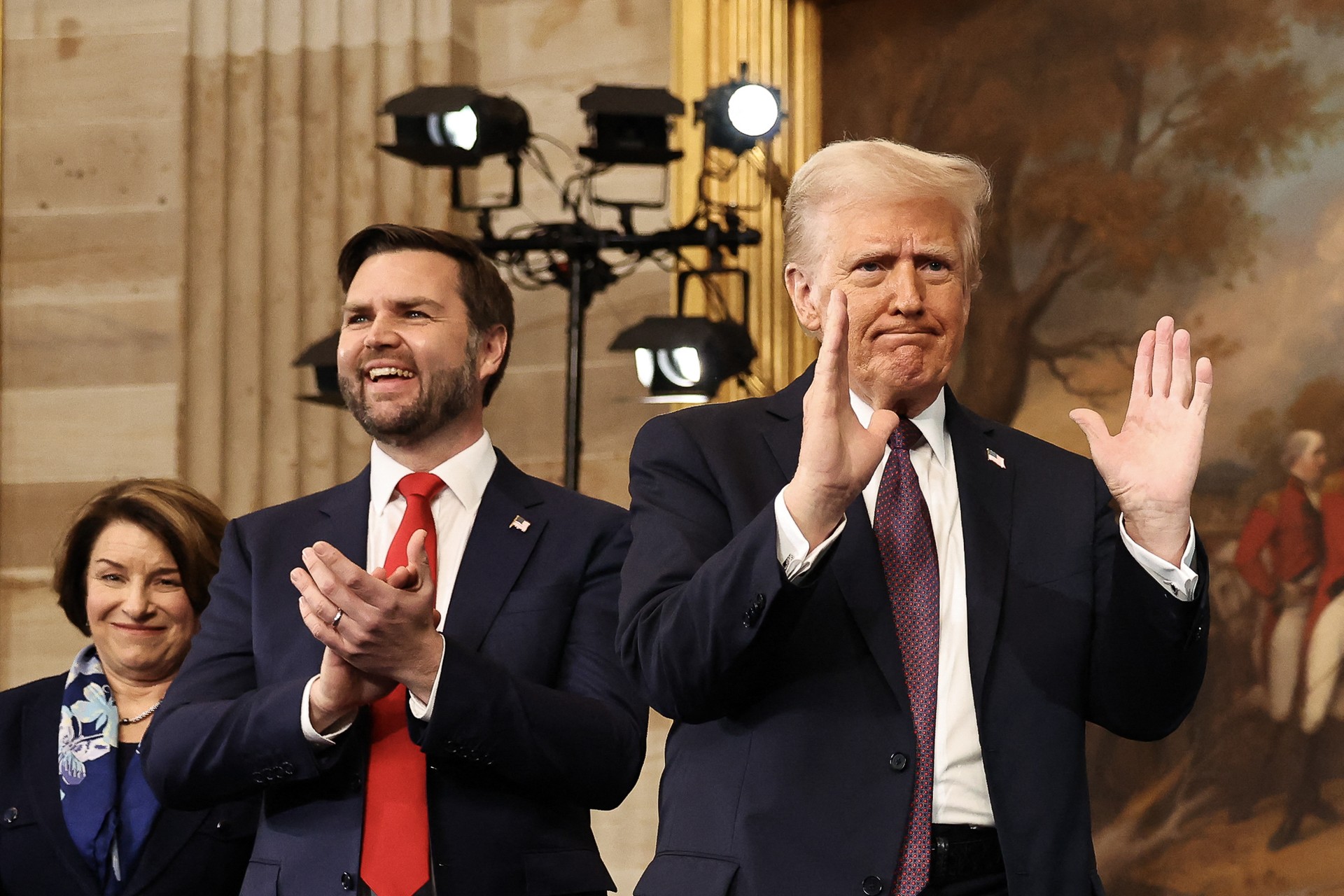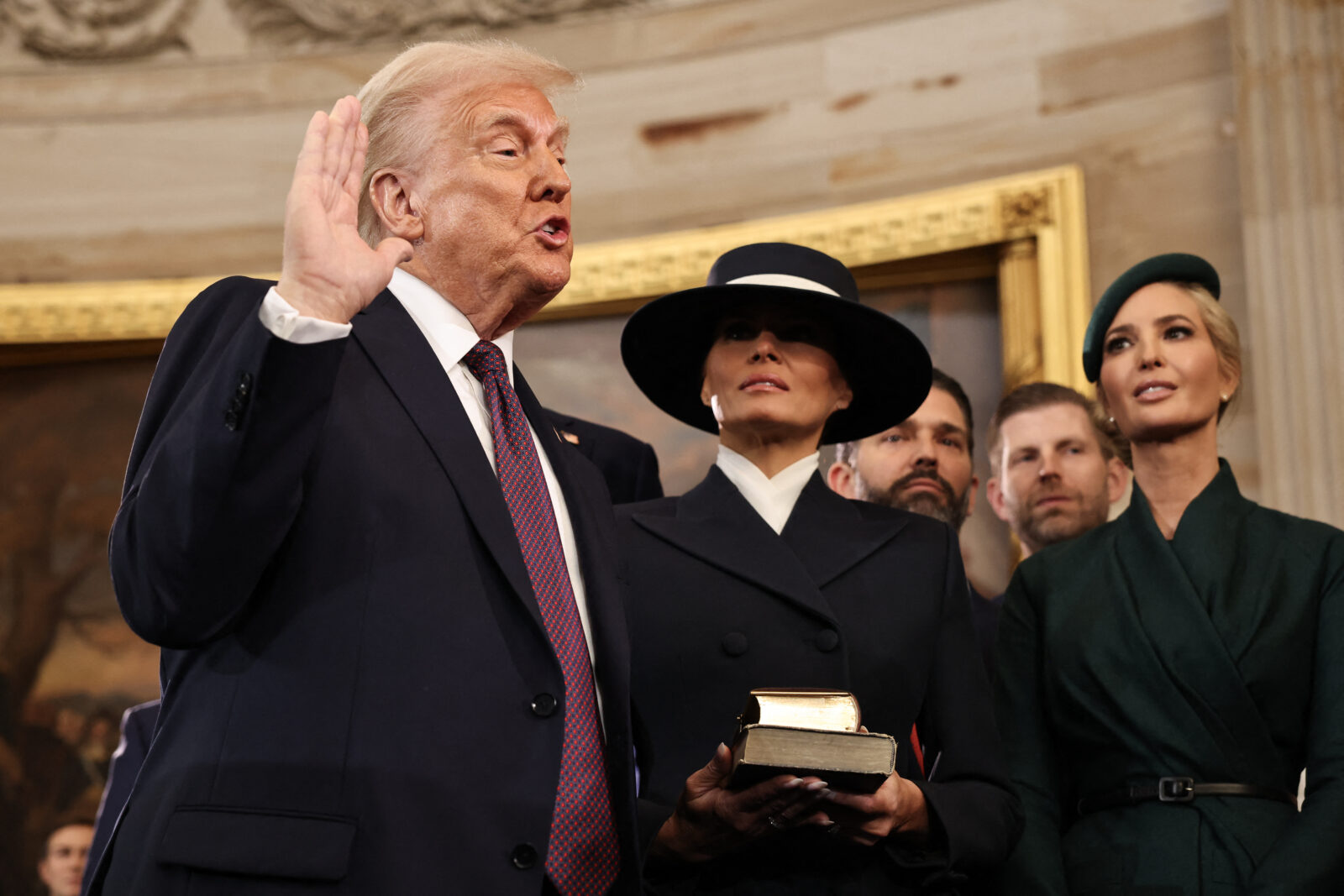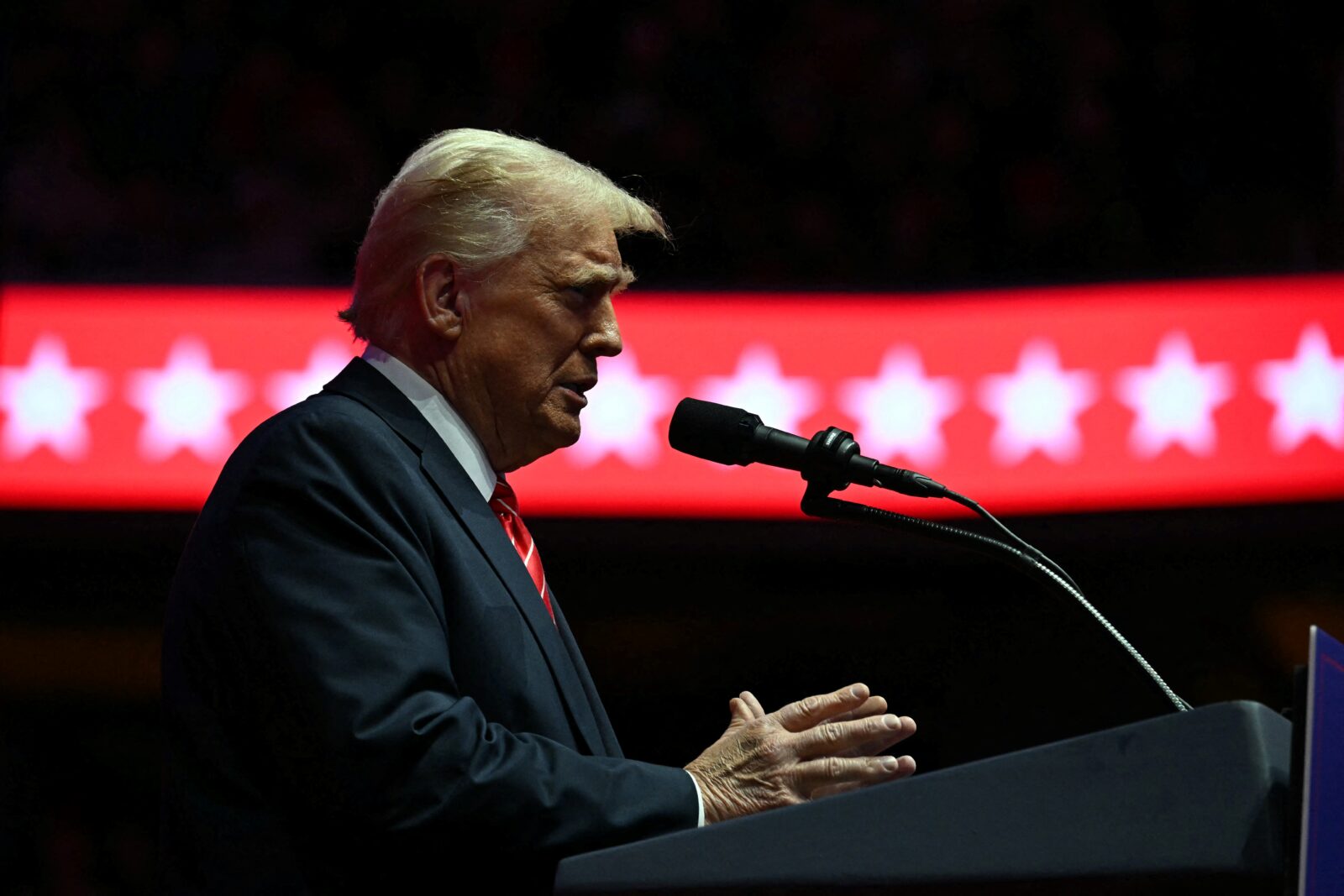
Donald Trump’s return to the White House has reignited discussions over his presidency, especially regarding its economic impact.
As the U.S. economy takes center stage, key issues such as employment rates, inflation, housing, and technological advancements are set to dominate discussions.
While economic indicators suggest the U.S. is performing better than many other countries, public dissatisfaction remains high. Despite steady job and market growth, many Americans continue to feel economic insecurity and frustration. The recent elections reflected this sentiment, with voters showing skepticism about whether economic policies have brought meaningful improvements to their lives.
In 2017, Trump entered office with promises of economic revival, aiming to restore prosperity and bring wealth back to ordinary citizens. However, the gap between economic reports and public perception suggests that traditional indicators, such as gross domestic product (GDP) growth and stock market performance, may not fully capture the economic realities experienced by most people. A more comprehensive approach is necessary to evaluate the effectiveness of economic policies in addressing the challenges faced by American households.
When we evaluate the situation, it is obvious that income inequality remains one of the most pressing issues in the United States. The gap between the wealthy and the working class has widened, and despite political promises to strengthen the manufacturing sector, factory employment as a share of the total workforce has declined to historic lows. This decline raises concerns about job security and long-term economic stability, particularly in regions heavily reliant on industrial jobs.
Moreover, inequality is not limited to income and employment opportunities. Disparities in health care, education and access to financial resources continue to affect large segments of the population. Studies have shown that individuals without higher education face lower life expectancy and limited career prospects compared to those with college degrees.
Addressing these structural imbalances requires policies that provide better access to essential services, such as affordable health care, vocational training and financial support for small businesses.

Affordable housing remains a significant challenge for many Americans. Rising home prices, limited housing supply and increasing mortgage rates have made homeownership difficult for a growing number of people. Even before the COVID-19 pandemic, homeownership was slipping out of reach for middle- and lower-income families. Since then, the situation has worsened, with higher demand driving prices further upward and financial institutions tightening lending criteria.
It is widely commented that the American Dream of owning a home has become a distant reality for many, leading to greater social and economic challenges. Housing instability can impact mental and physical health, job performance, and overall quality of life. Trump’s administration will likely be evaluated based on whether his policies can make homeownership more accessible and provide relief for those struggling with high rents and mortgage payments.
Trump’s policies regarding the technology sector will play a crucial role in shaping the economy over the next four years. His close relationships with influential figures in the tech industry, such as Elon Musk, and his focus on artificial intelligence and cryptocurrency have significant implications for economic growth and social dynamics.
Technological advancements hold the potential to increase productivity and innovation. However, they also present risks such as job displacement, data privacy concerns, and market instability. AI, for example, could automate many traditional jobs, leading to widespread unemployment if not managed properly.
Similarly, the volatility of cryptocurrency markets could introduce new financial uncertainties. The administration’s approach to regulating these sectors will determine whether technological progress benefits society as a whole or exacerbates existing inequalities.
A recurring theme in Trump’s rhetoric has been his confrontation with the “deep state” which is a term used to describe entrenched bureaucratic structures or the establishment that he argues hinder economic growth and policy implementation. His administration is expected to continue efforts to reshape federal institutions by reducing regulations, limiting government oversight, and appointing loyalists to key positions.
Supporters of this approach argue that cutting bureaucratic red tape will encourage business growth and investment by reducing compliance costs and fostering a more business-friendly environment. Critics, however, warn that weakening regulatory agencies could lead to financial instability, environmental concerns and reduced consumer protections.
Trump’s second term will likely see continued efforts to challenge traditional power structures within the government, which could have far-reaching effects on investor confidence, international trade negotiations, and the overall economic landscape. Businesses operating within highly regulated sectors such as health care, finance and energy will be particularly attentive to potential changes in federal oversight.

Economic policies must align with legal and regulatory frameworks to ensure fairness, stability and accountability. The United States operates within a complex legal structure that balances economic freedom with consumer protections and market regulations.
Trump’s administration will need to navigate domestic laws that regulate financial institutions, labor rights and corporate responsibilities. Additionally, international trade agreements and diplomatic relations will play a crucial role in shaping the economic outlook.
Tariffs, trade negotiations, and investment policies will impact the U.S. economy's position in global markets and influence relations with key partners such as China and the European Union.
A well-structured regulatory approach will be necessary to support economic growth while maintaining fair competition and preventing market exploitation.
Economic policies do not operate in isolation; they shape and are shaped by public sentiment. Despite improvements in some economic indicators, many Americans continue to perceive economic inequality as a growing problem. Concerns about wealth concentration, wage stagnation, and the increasing influence of large corporations contribute to a sense of social and economic divide.
Addressing these concerns requires policies that not only drive economic growth but also ensure that the benefits are shared more evenly across different socio-economic groups. Policies focused on employment opportunities, wage increases, and social mobility will be critical in shaping public trust in the administration’s economic agenda.
Trump’s second term presents an opportunity to address key economic challenges and shape policies that have a direct impact on the lives of millions of Americans. Economic success will not be measured by financial statistics alone; it will depend on the ability to improve affordability, expand stable employment opportunities, and ensure that economic growth benefits all citizens.
A balanced approach that considers employment expansion, housing accessibility, technological advancements, and legal frameworks will be essential in achieving sustainable and inclusive growth. As the administration moves forward, public confidence in economic policies will depend on their effectiveness in addressing everyday concerns and reducing inequality.
About the author: Ceren Harputlu is an analyst specializing in international relations. She occasionally contributes as a freelance writer.